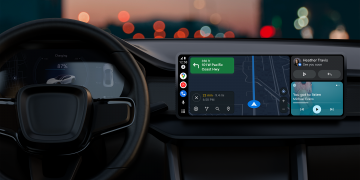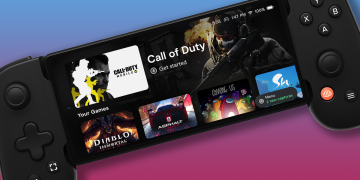Joe Hindy / Android Authority
Android emulators are surprisingly popular. Playing mobile games on your PC has a lot of advantages. You can use your mouse and keyboard for controls, and you can play games without burning through your phone’s battery. Productive folks can take advantage of mobile apps for basically the same reason. Emulating Android on a computer is a lot easier than it used to be. We’ll show you the best Android emulators for both PC and Mac.
The list is quite a bit shorter than it used to be. Many of the bigger competitors have gone out of business. Check out the very bottom of the article to check out former entrants and what happened to them.
The best Android emulators for PC and Mac
Why do people use an emulator, to begin with?
It’s simple, really. There are three main uses for an Android emulator. The first is gaming. Mobile games on PC let you use your larger screen to see stuff easier. Plus, mouse and keyboard support makes a lot of stuff a little bit easier. Plus, your computer is usually plugged in and offers unlimited battery life, whereas your phone would likely overheat if it had to run a game while being plugged in. Some of the more hardcore mobile gamers will also run their games in an Android emulator to give their phone a break.
The second most popular use case is for app development. There are a couple of other tools available. Development-focused emulators usually combine an IDE with the emulator so developers can code their app, run it on the emulator, and fix bugs as necessary. Android Studio blows all of the competitors out of the water here. It uses an Android Virtual Device (AVD) function that lets developers emulate specific devices. It helps developers test on a wide range of devices before launch, ensuring fewer bugs.
The last use is productivity. This is less common since most mobile productivity tools are also available on PC or Mac already. Plus, Chromebooks are cheaper and better at running Android apps than emulators. That said, some mobile apps are just easier to use than their PC counterparts, so an emulator can actually help.
PROMOTED
BlueStacks is known by many users to be the most comprehensive Android app player in the market, and with good reason. Aside from running on both Windows and Mac, this emulator comes jam-packed with a ton of features to improve the gamer’s experience.
Its most popular features include the Keymapping Tool to create customized control schemes, the Instance Manager through which you can create multiple instances of the emulator and run several games simultaneously, and quality-of-life features like Eco Mode, which help to reduce resource consumption while running the most demanding games. It’s also the safest emulator out there, with certified GDPR compliance — your data is always safe with them.
The most recent version, BlueStacks 5, is the lightest and fastest the emulator has ever been, delivering high-performance gaming even on low-end devices. The latest version addresses some of the most common complaints of the previous version — namely, the fact that it can feel bloated, especially when running on inferior hardware. Try it right now for yourself and discover why BlueStacks has a community of over 500-million gamers around the world!
Android Studio
Price: Free

Joe Hindy / Android Authority
Android Studio is the best option for app developers. Technically, Android Studio is an IDE. It comes with an emulator via the Android Virtual Device function. You can create basically any device you want and use it to test your app. Regular people can also use this as an emulator, and the performance actually isn’t half bad once you get through the set-up. We played some games and used some apps without much difficulty. That said, it doesn’t have the extra support for keyboards like gaming-focused emulators have.
Set-up is a bit complicated at first, and using everything may require a week or two of learning. However, after that, this is a solid overall product, and many developers use it to develop apps you use every day. It’s also one of the few emulators capable of running the latest versions of Android. It comes with the Play Store, but you have to build an AVD with the Play Store icon in order to use it.
Android Studio does have some competition in this space. Xamarin and Genymotion both perform more or less the same task. They are IDEs with built-in emulators so you can test your apps out. Xamarin is good because it’s cross-platform between Android and iOS. Genymotion’s big claim to fame is its scalability which allows for sharding and parallel testing. We think Android Studio is the best, but you have options in the development space.
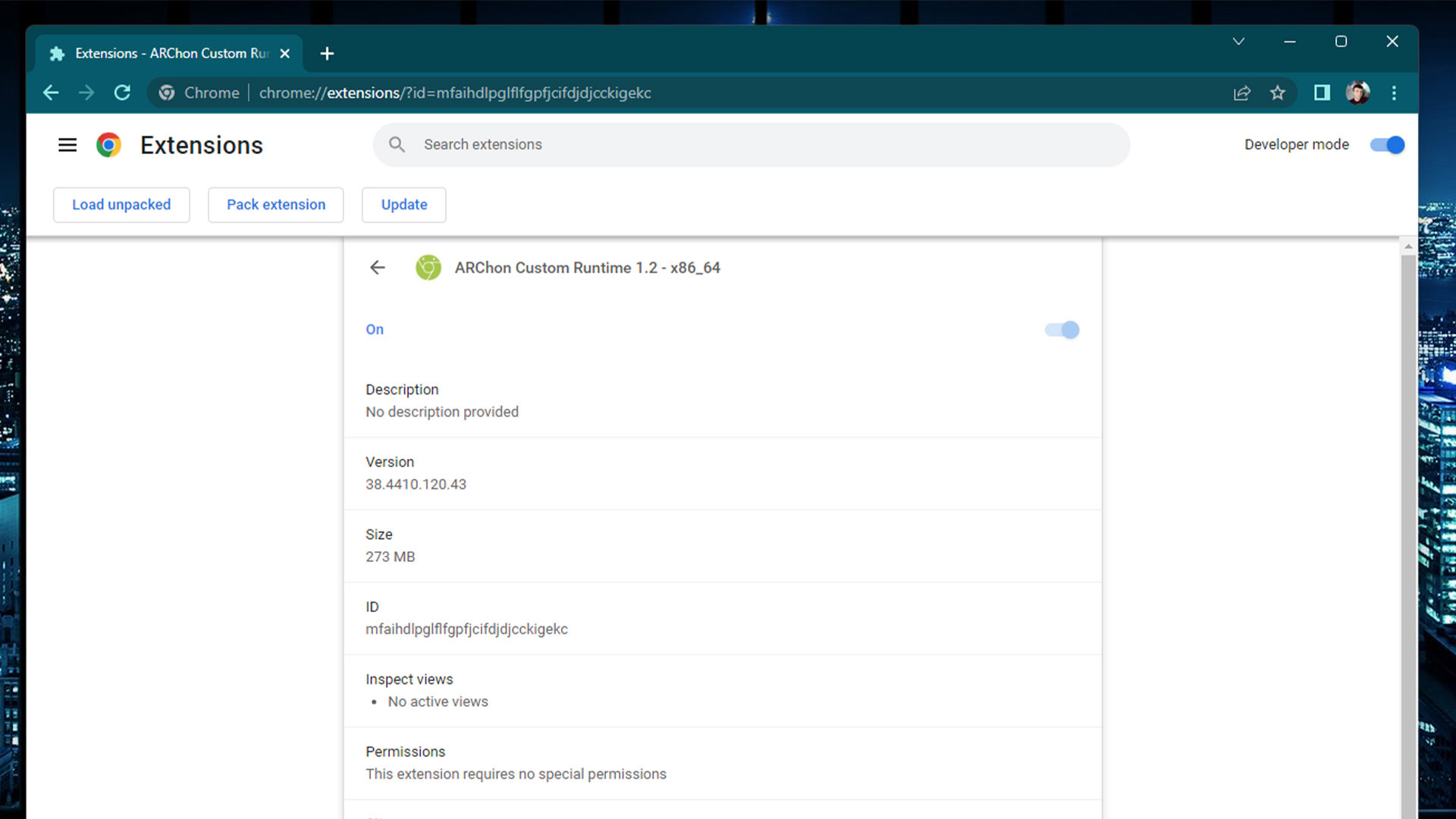
Joe Hindy / Android Authority
ARChon is a solid pseudo-emulator that works right out of Google Chrome. Obviously, that means you need Google Chrome in order to use ARChon. The process of installing ARChon is basically just installing an extension in Chrome with the developer settings turned on, but getting apps to run is a bit more complicated. You have to use a tool to convert APKs for use here. This one is definitely for power users who either only need to run the occasional Android app on their computers or are testing. The instructions for use are on the official GitHub, linked below.
In our testing, we had a lot of problems with games, but that’s likely due to a number of different causes. For the most part, this one shines with apps. PC and Mac users can probably use another option on this list because it’s simply easier. The nice thing about ARChon, though, is that it works on any operating system with Google Chrome, including Linux, so we’re leaving it on this list for those people.

Bliss OS has come a long way since it first made an appearance on this list. It’s definitely one of the better emulators. There are three different ways to use it. The first is a live boot option where you boot it off of a flash drive. Secondly, you can install it as a partition on your PC and boot it directly into Bliss OS. Finally, you can install it via a virtual machine. Click here for all of the installation methods. We recommend the flash drive or full boot method.
The benefits of Bliss are there. The stable version runs Android 9 as of the time of this writing. Android 11 is in the works with experimental builds and Android 12 is also on its way. That’s newer than most of the emulators on this list. That should allow you to play most, if not all, of the most recent games and use almost every app available.
In other words, if you can get through the installation, Bliss is a fairly versatile option. It can be buggy on occasion, but otherwise, it worked well. The only thing it lacks is some of the more gamer-centric features of competitors like Nox, Bluestacks, and others, but we don’t think that’s a big deal. It optionally comes with Google apps if you prefer. Bliss is free and open-source, which we like a lot.
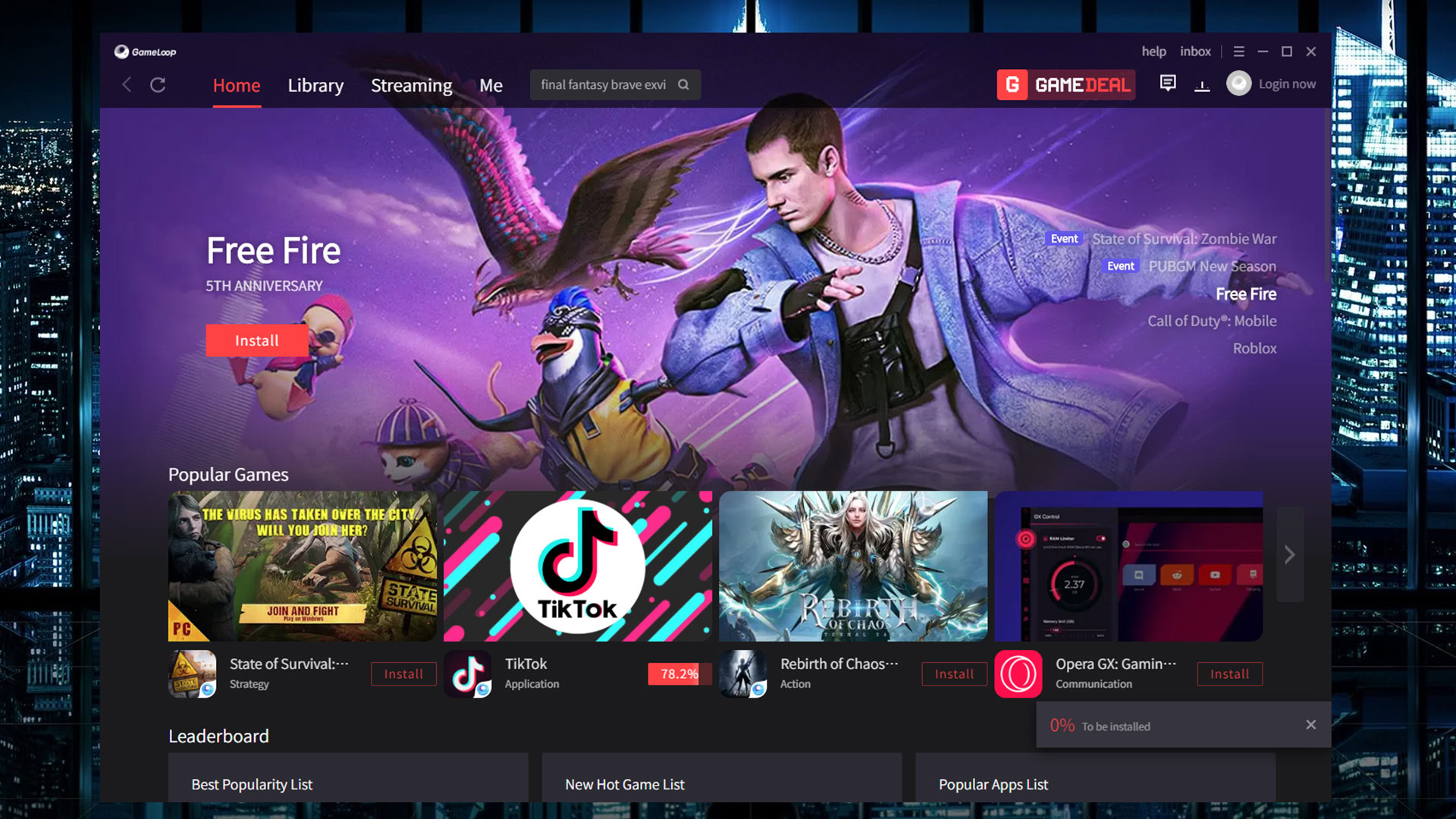
Joe Hindy / Android Authority
GameLoop is our second entrant that is built for gamers. It’s actually by Tencent, developers of several popular mobile games like PUBG: Mobile. The installation process is simple, so you can get into this one in just a few minutes. Once installed, you can play a variety of games or use a variety of apps. We tested TikTok, Call of Duty: Mobile, and a few other titles. Everything worked fine. It doesn’t come with Google Play stock, but GameLoop downloads the components if you need to download something from there.
There were some hiccups in our testing. Some stuff took a couple of attempts to download, and we had to check out a few errors here and there. Still, this doesn’t use VT like most others and has some interesting extras for officially supported games like Call of Duty: Mobile and PUBG: Mobile. It’s not half bad if the emulator supports the games you want. It works for a lot of other stuff, but some of it can be a pain to install and use.
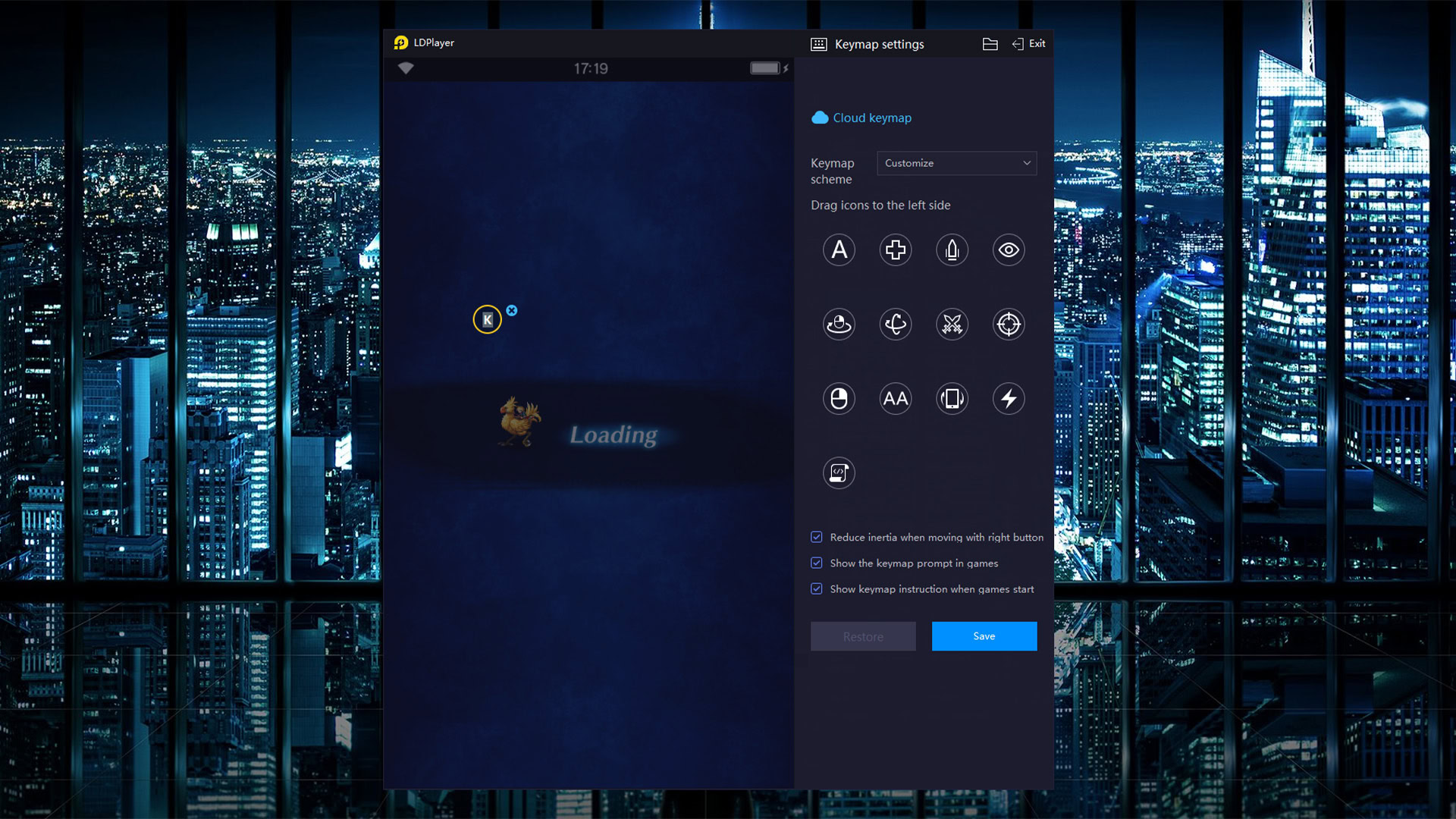
Joe Hindy / Android Authority
LDPlayer is a gamer-focused emulator, but you can run other stuff on it as well. The installation is similar in ease to GameLoop. You simply download a file, install it, open it, set it up, and off you go. It’s easier to use than a lot of other entries and worked smoothly on our AMD-powered PC with an ultrawide monitor. It had fewer bugs than some of its competitors, but it didn’t run perfectly 100% of the time.
What makes LDPlayer fun is its extra features. You get a toolbar on the right side of the window that lets you quickly do things like taking screenshots, recording videos, setting up keyboard mapping, and some other tools. We tried about half a dozen games, and they all ran fine, even if it took a couple of tries to open a couple of them.
LDPlayer is free, it works smoothly, and there are enough extra features to make it a good choice in this space. LDPlayer 9 runs Android 9 and that’s good enough to run almost everything.
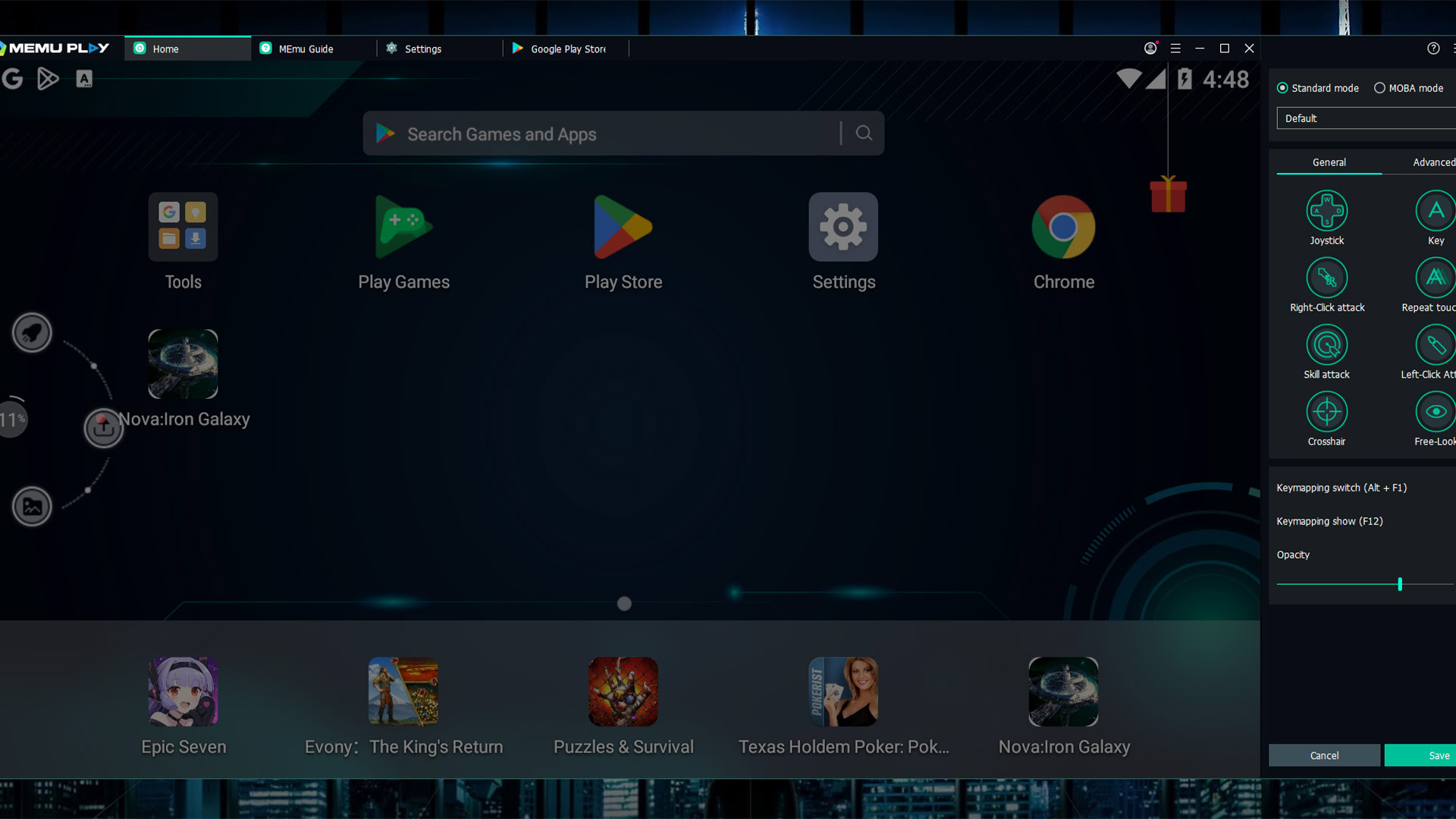
Joe Hindy / Android Authority
MeMU Play is one of the older emulators on the list. Active development has kept it relevant all these years and it’s one of the better Android emulators you can get. It runs Android 7.1.2 according to the settings menu, so it’s a relatively recent version of Android. Installation is relatively quick and painless, so that’s another point for MeMU Play.
MeMU Play also comes with a few neat perks. It has a natively-built ability to run multiple instances if you’re into that sort of thing. There is a keymap function that lets you bind your mouse and keyboard to mobile games for easier play. One of our favorites is the ability to share files between MeMU Play and Windows using the shared download folder.
In terms of performance, it’s not bad. It played our test games fine. We were even able to install apps and use those as well. MeMU Play looks and acts a lot like LDPlayer, so you can probably use either one interchangeably, depending on your needs.
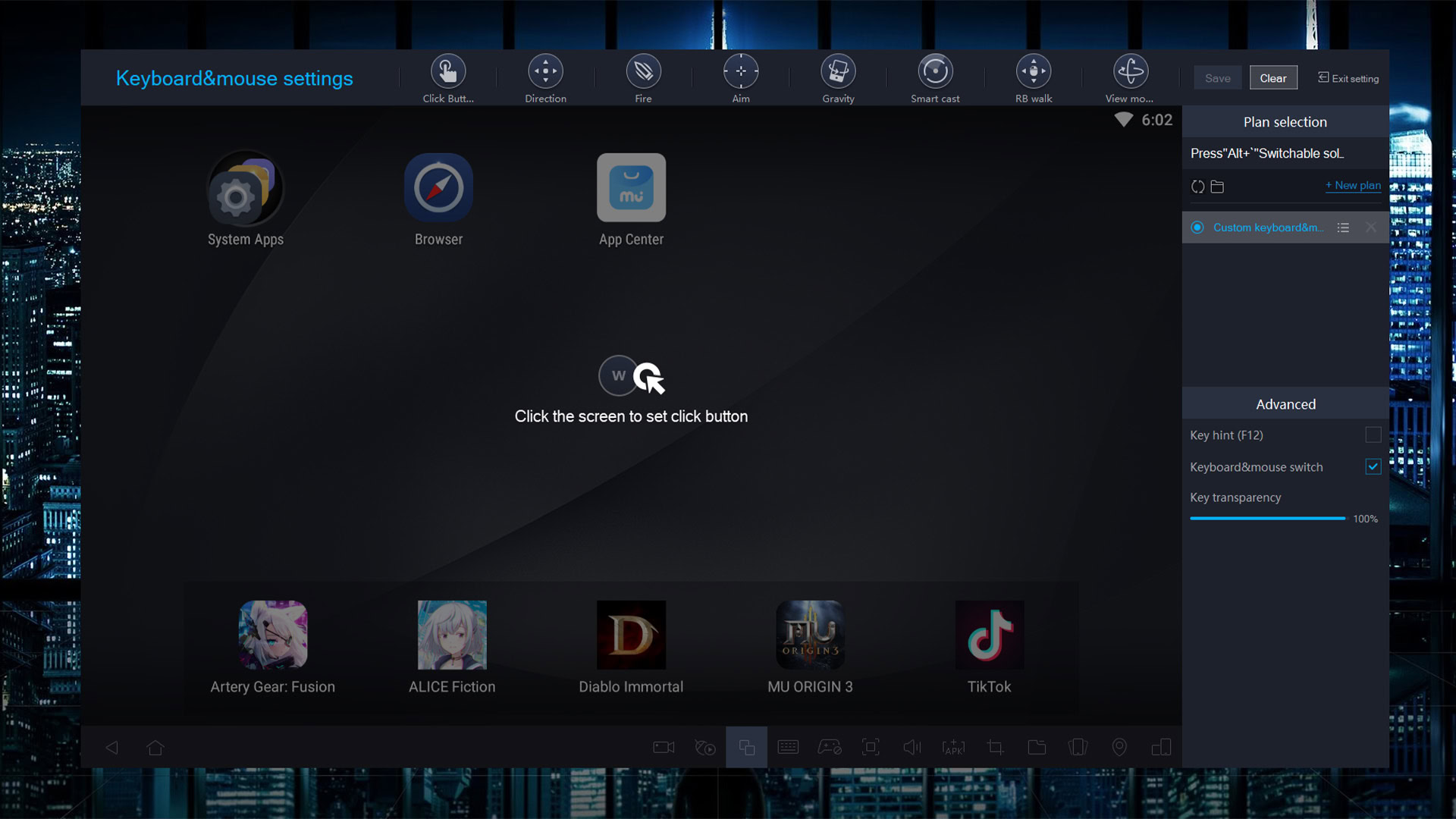
Joe Hindy / Android Authority
MuMu Player is a gaming-focused emulator from Netease, developer of some popular mobile games like the Onmyoji, Vikingard, and others. The main version runs Android 6, but there is a beta for both Android 9 and Android 11 that is in testing. There is also MuMu Nebula, which is a lighter version that you can use with low-end PCs. Installation is as easy as downloading a file and installing it. With some setup, it should only take about five to ten minutes.
MuMu Player has a toolbar across the bottom of the app that works almost identically to LDPlayer and MeMU Play. You can install APKs, take screenshots, record video, and set keymapping with it. This one also has gamepad support. Otherwise, it works like any other emulator. You log into Google Play, download your games, and play them.
We didn’t have any problems with this one. The UI and controls are very similar to MeMU and LDPlayer, so if you’ve used one, you’ll be able to get used to this one pretty quickly. We believe it runs Android 7, but the emulator doesn’t let you go to the settings to check in the traditional fashion. It ran our test games without complaint and keeps up in terms of extra features.
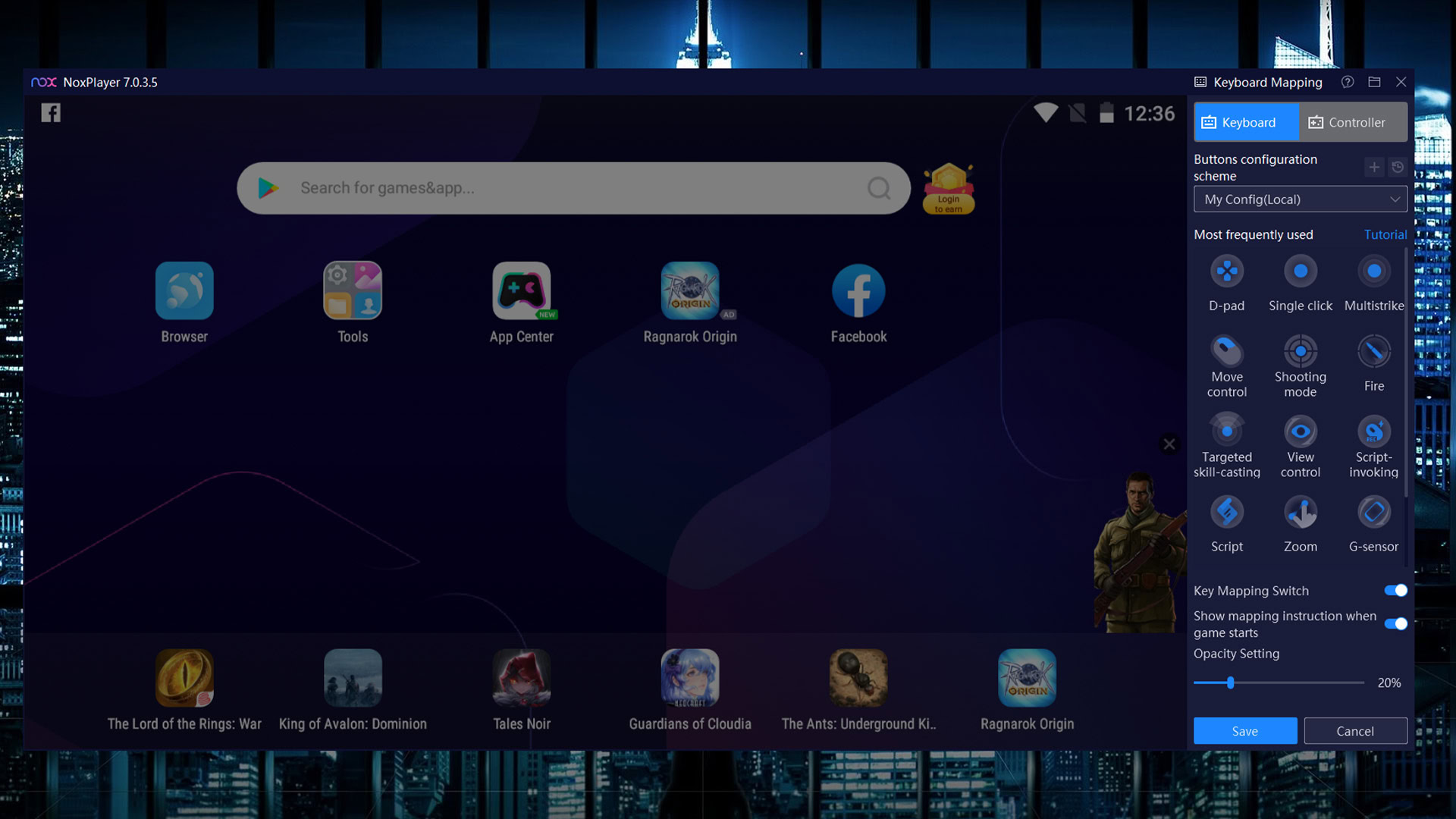
Joe Hindy / Android Authority
NoxPlayer was one of the original Android emulators and is still quite popular today. It runs Android 9 as of the time of this writing, so the developers have done a good job keeping up. The installation process is easy. Just make sure you reject the optional offers. Once setup, you just log into Google Play and start doing your thing.
NoxPlayer was among the first to have things like keyboard mapping. You’ll recognize the toolbar along the right side of the window as it is fairly standard practice these days. You can also take screenshots, record videos, and do some other stuff. In our testing, Nox handled our test games without much complaint.
The main NoxPlayer still runs Android 7.1, but there is a beta for Android 9 if you feel lucky. There is also a version for Mac, which makes this among the best options for Mac users. It’s also free to download and use. It’s pretty stable overall, and it competes favorably with the likes of LDPlayer, MeMU, and others.
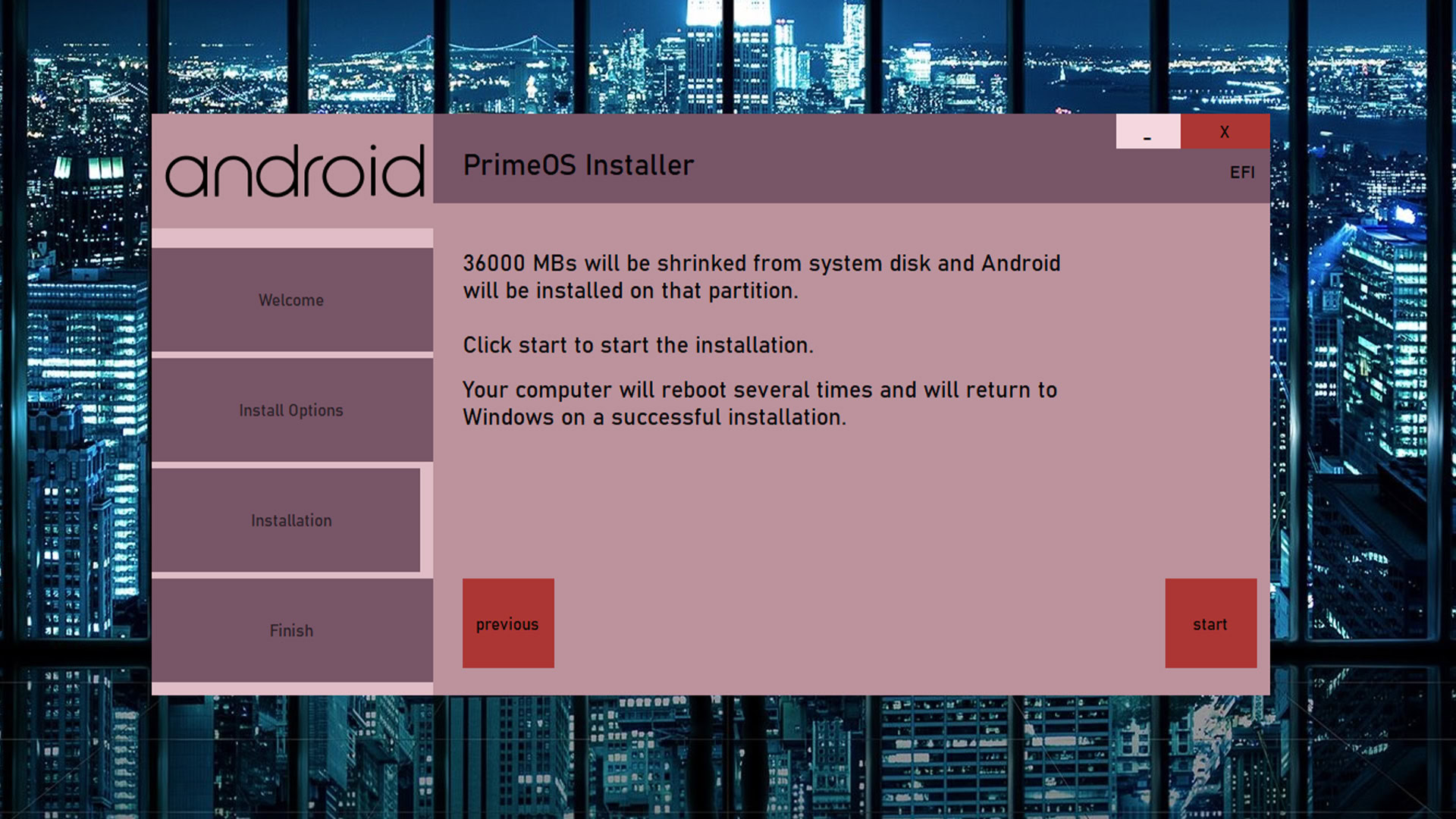
Joe Hindy / Android Authority
PrimeOS is like Bliss OS. You install this one as a partition on your hard drive and boot into it. That makes installation a bit more complicated, but PrimeOS has an installer EXE that’ll help create a partition and install it for you, so it’s not horrible to do. Once installed, you reboot your machine and opt to boot into PrimeOS instead.
From there, it works and feels a lot like Bliss OS. You have a full Android-powered desktop. You can get Google Play as well so it supports almost everything. There are also some extra features for gamers like keyboard and gamepad support, script recording, and more. It played our test games with a few issues, but it may be related to my test PC running on older hardware.
The stable version of PrimeOS runs Android 7. There are betas available for Android 11 builds as well, which is one of the newer ones available. However, as it is a beta, there are likely more bugs and issues with that version. It’s otherwise free. The only advice we have is to be ready to learn a bit about how partitions work, but otherwise, it works fine.
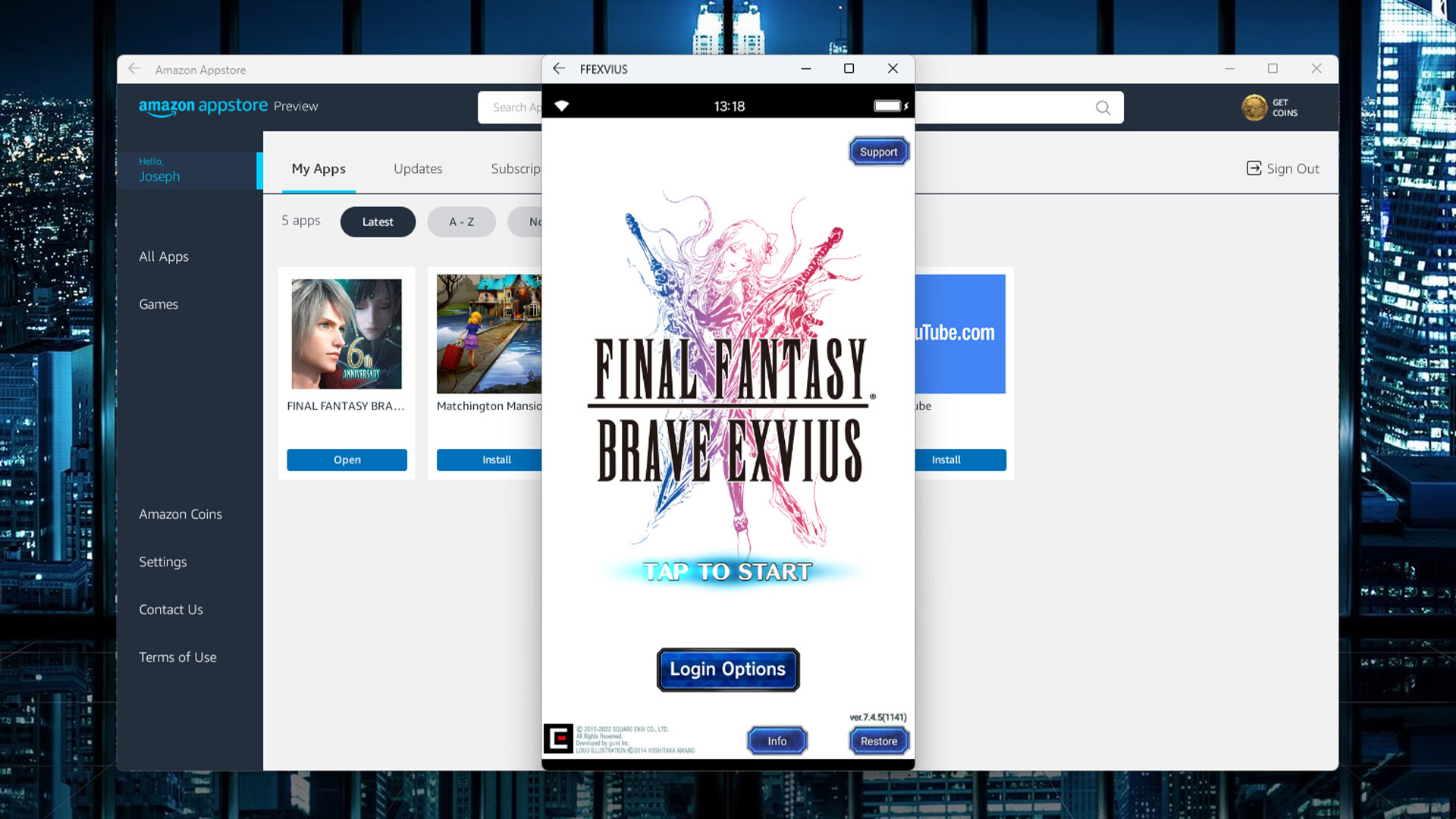
Joe Hindy / Android Authority
One of the biggest features of Windows 11 is its ability to run Android apps. It uses virtualization like all of the other solutions on this list, but Microsoft includes the tools for it natively in Windows 11’s settings. All you have to do is go to the Microsoft Store, download the Amazon Appstore, and Windows 11 will pop up a tutorial to help you with the rest.
Amazon’s Appstore is a decent place to get apps, but it doesn’t hold a candle to Google Play. You can still get some popular stuff here and there, along with many popular apps. They all worked just fine in our testing, but we believe functionality will improve over time. The best part about this is that it doesn’t require any weird installations or downloads. You simply download the Amazon Appstore, open it, and run your apps.
There is a method to install Google Play, but it does require a bit of know-how. It’s also not very stable right now, so we recommend waiting. Google Play should be easier and more available as time goes on because Google is working on support for Windows 11 as we speak.
If we missed any of the best Android emulators for PC, tell us about them in the comments! You can also click here to check out our latest Android app and game lists! Here are what happened to some old classics from the list:
Former entrants on the list and what happened to them:
- Leapdroid was purchased by Google and no longer operates.
- AMIDuOS closed its doors officially on March 7th, 2018. You can still try it out, but you have to browse the official subreddit for download links.
- Andy began using some seriously not great development tactics, including suspected crypto mining without user permission. This one is especially disappointing because it used to be quite good. In any case, don’t use it.
- Droid4x used to be one of the best options, and its later builds are still available. However, it is no longer actively updated, so we removed it from the list.
- KoPlayer was an outstanding Android emulator for gamers. However, the website appears to be down as of the time of this writing. It has been quite some time since the site went down, so we assume development has ceased.
- YouWave, a once-popular option, seems to have been discontinued. The official website is down, and the only downloads you can find are from third-party sites.
- Phoenix OS was entirely discontinued. It declined in quality quite dramatically before the end, so we should’ve taken it off of our list sooner. In any case, you can still find downloads for it, but we don’t recommend them.
- Remix OS was discontinued in 2017. It was one of our favorite options while it was available. Phoenix OS was also based on Remix OS. Bliss OS is the best alternative to both of them.
- Most of the rest simply haven’t been updated or in active development in years and don’t really work well anymore with newer operating systems and hardware. If we missed any, let us know in the comments.
Thank you for reading. Try these out too:
Comments
Source by www.androidauthority.com


























